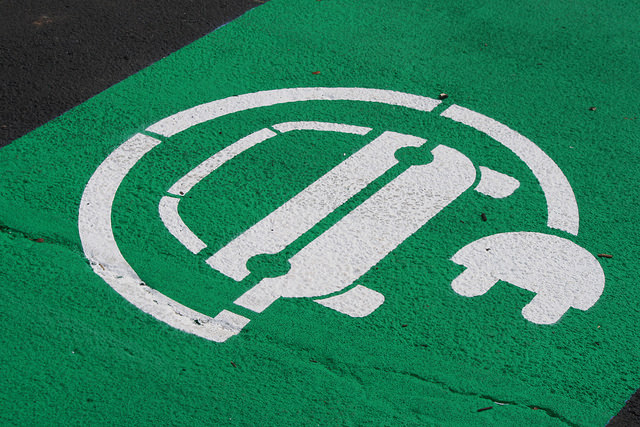
As the debate over tax policy begins to take shape, it is expected that lawmakers will consider a number of tax provisions during the 116th Congress. One proposal lawmakers should reject is legislation to lift or remove the current cap on the Electric Vehicle Tax Credit.
Under current law, the federal government grants buyers of qualifying plug-in electric vehicles (EVs) a federal income tax credit up to $7,500. The credit begins to phase out once a vehicle manufacturer has sold 200,000 qualifying EVs.
The EV tax credit acts as a distortionary subsidy giving preferential treatment to a particular type of consumer. Thus, it is worth examining how these credits are dispersed across different states and which groups benefit at the expense of others.
According to 2019 projections of electric vehicle sales in the United States, California will account for over 61 percent of all EV sales in the nation. California’s clear domination of EV market share occurs despite the fact that California only accounts for roughly 12% of all licensed U.S. drivers.
For perspective, 94,873 vehicles were sold in California in 2017. New York was the second highest state with just over 10,000 EVs sold. In contrast, less than 100 EVs were sold in the states of Wyoming and North Dakota combined during that same year. As a result, taxpayer dollars from across the country are overwhelmingly benefiting drivers in one particular state; California.
A further look at the data is even more troublesome. EV sales in California overwhelming occur in upper-income cities, meaning this is a regressive tax credit that redistributes wealth from lower-income to higher-income individuals. For example, in 2017 EVs made up a whopping 29% of the vehicle market share in Palo Alto, the heart of Silicon Valley. In contrast, in the same year EVs made up only 1.17% of the total U.S. market share.
In fact, almost 80 percent of all benefits across the country are paid to those making $100,000 or more per year.
Additionally, the Joint Committee on Taxation (JCT) estimates that under current law, tax expenditures, or forgone revenue, costs for the plug-in EV tax credit will be $7.5 billion between FY2018 and FY2022. Accordingly, eliminating the per-manufacturer cap or otherwise expanding the credit would increase the tax expenditure estimate.
The regressive nature of the tax credit coupled with its disproportional redistribution of wealth benefiting one state in particular further demonstrate that the EV tax credit is bad tax policy.
Lawmakers should not look to extend the credit, nor should the cap be lifted. Instead, the EV credit should be repealed or phased out as part of revenue-neutral tax reform.

